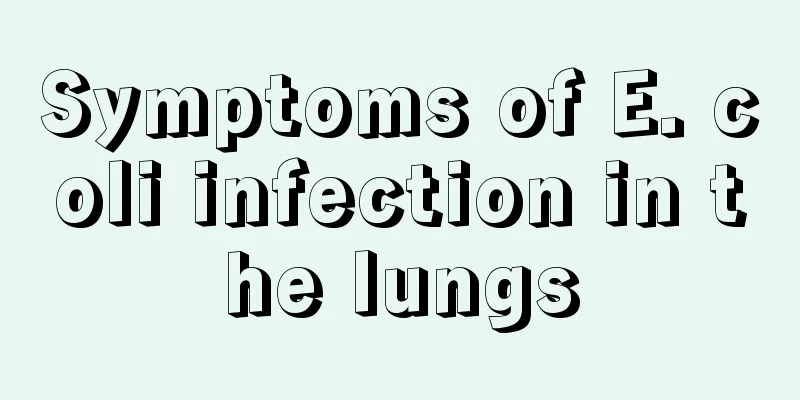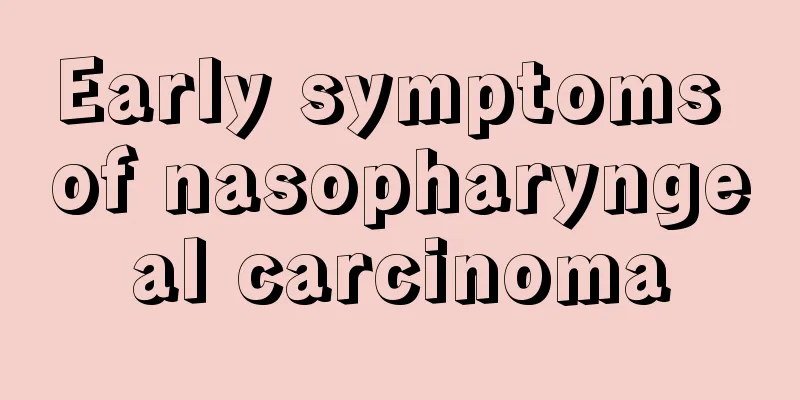Will bronchiectasis cause hemoptysis

|
Bronchiectasis is a relatively serious disease, so it must be treated promptly after it is discovered. Most patients are treated with a combination of Chinese and Western medicine, so that more complications can be avoided in the process. After all, the incidence of this disease is still very high, and there are no age and gender restrictions. It is also very difficult to treat. This is a chronic disease, so you must persist in treatment after it occurs. In addition, this is a chronic disease process. The symptoms of the disease will become more and more serious over time, and may even cause acute bronchial diseases. At this time, you should do relevant examinations regularly. The course of bronchiectasis is mostly chronic and can occur at any age. A history of measles, whooping cough, or post-influenza pneumonia in childhood, or a history of pulmonary tuberculosis, endobronchial tuberculosis, pulmonary fibrosis, etc. Typical symptoms are chronic cough, coughing up large amounts of purulent sputum and repeated hemoptysis. The amount of sputum produced is the highest in the morning, evening and before bedtime, and may reach 100 to 400 ml per day. When the sputum is coughed up smoothly, the patient feels relaxed; if the sputum is not drained smoothly, the patient will feel chest tightness and systemic symptoms will also be significantly aggravated. The sputum is mostly yellow-green pus-like and has a foul odor when combined with anaerobic infection. The sputum collected throughout the day is placed in a glass bottle. After a few hours, it can be divided into three layers: the upper layer is foam, the middle layer is yellow-green turbid pus, and the lower layer is necrotic tissue sediment. 90% of patients often have hemoptysis of varying degrees. For some patients, hemoptysis may be their first and only complaint, clinically known as "dry bronchiectasis", which is common in tuberculous bronchiectasis, and the lesions are mostly in the upper lobe bronchi. If secondary infections occur repeatedly, the patient may experience fever, night sweats, fatigue, loss of appetite, weight loss, etc. When bronchiectasis is complicated by compensatory or obstructive emphysema, patients may experience dyspnea, shortness of breath or cyanosis, and in the late stage, symptoms of cor pulmonale and cardiopulmonary failure may appear. Some patients (1/3) may have clubbing of fingers (toes) and systemic malnutrition. |
<<: Will kidney deficiency cause dizziness?
Recommend
How to treat endometrial cancer? It can be treated in these seven ways
Endometrial cancer is very harmful, so it is impo...
What should I pay attention to after getting a tattoo
Many fashionable men and women prefer tattoos, wh...
What disease causes white spots on the calves
If there are white spots on your calves, you shou...
The correct way to remove freckles with olive oil
When faced with pigmentation, everyone will go to...
Can gastrointestinal cancer be cured if it has not spread?
We all know that the earlier any disease is treat...
What to do if you have a sprained neck
Many people may have experienced a sprained neck....
Is it good to eat fruit on an empty stomach in the morning? 8 types of fruit that cannot be eaten
Nowadays, urban people get up late and have basic...
Treatments for the three main types of skin cancer
The treatment methods of skin cancer have always ...
How to identify purple sand
In life, many people like to drink tea very much,...
How do students protect their eyes
Everyone knows that students have to study every ...
Several major causes of liver cancer that cannot be ignored
The main cause of liver cancer is the hepatitis B...
My chest hurt after doing parallel bars for a week
In fact, in our lives, we see many old men who ar...
What is chest pain?
Chest pain is like a sharp knife suddenly stabbin...
How much does it cost to treat hamartoma
In fact, many diseases can only be controlled if ...
What are the causes of laryngeal cancer
In recent years, laryngeal cancer has become one ...









